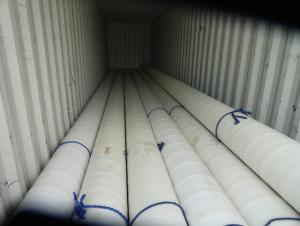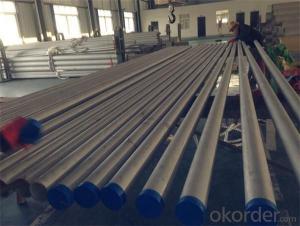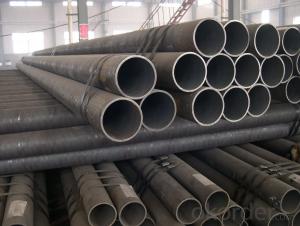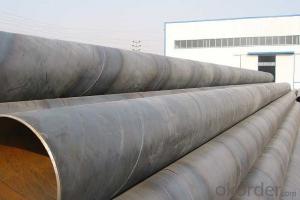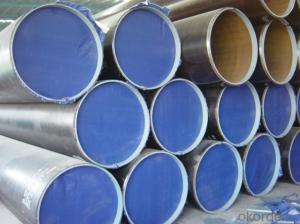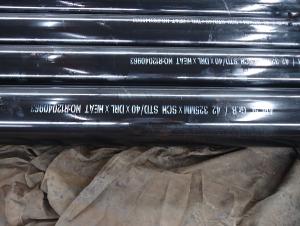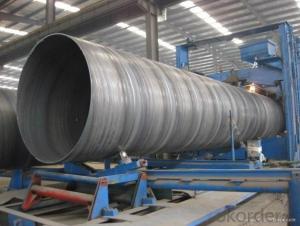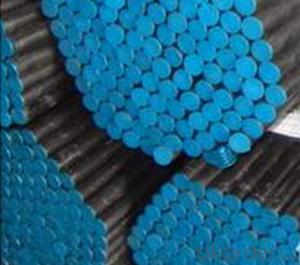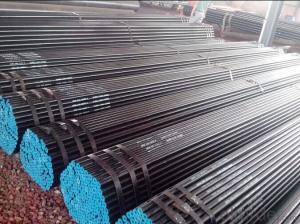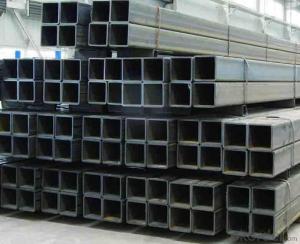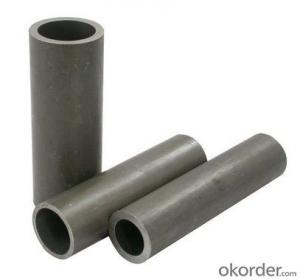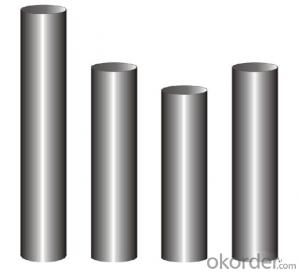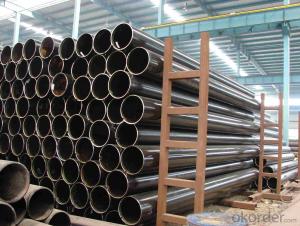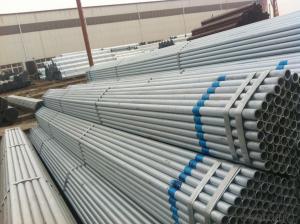All Categories
- - Steel Wire Rod
- - Steel Coils
- - Steel Profiles
- - Steel Pipes
- - Stainless Steel
- - Tinplate
- - Special Steel
- - Steel Sheets
- - Steel Rebars
- - Steel Strips
- - Hot Rolled Steel
- - Cold Rolled Steel
- - Pre-painted Steel
- - Seamless Steel Pipe
- - Welded Steel Pipe
- - Hollow Steel Tubes
- - Galvanized Pipe
- - Stainless Steel Coil
- - Stainless Steel Sheet
- - Stainless Steel Plate
- - Stainless Steel Strips
- - Electrolytic Tinplate Coil
- - Electrolytic Tinplate Sheet
- - Stainless Steel Rebars
- - Solar Panels
- - Solar Water Heater
- - Solar Related Products
- - Solar Inverter
- - Solar Cells
- - Solar Light
- - Solar Energy Systems
- - Solar Controllers
- - Solar Mounting System
- - Solar Pump
- - Solar Chargers
- - Fiberglass Chopped Strand
- - Fiberglass Mesh Cloth
- - Composite Pipes
- - FRP Pultrusion Profiles
- - Fiberglass Mat Tissue
- - Fiberglass Fabrics
- - Fiberglass Mesh
- - Composite Tank
- - Fiberglass Mesh tape
- - Polymer
- - FRP Roofing Panel
- - Fiberglass Roving
- - Monolithic Refractories
- - Ceramic Fiber Products
- - Refractory Bricks
- - Raw Materials For Refractory
- - Suspended Platform
- - Cranes
- - Concrete Machinery
- - Earthmoving Machinery
- - Building Hoist
- - Road Building Machinery
- - Plastic Pipe Fittings
- - Plastic Tubes
- - Plastic Sheets
- - Agricultural Plastic Products
- - Plastic Nets
 All Categories
All Categories
Q & A
How are steel pipes integrated into the construction of suspension bridges and cable-stayed bridge structures?
Steel pipes are integrated into the construction of suspension bridges and cable-stayed bridge structures as key structural elements. They are used to create the main supporting framework, including the towers and piers, as well as the suspension cables or stay cables. The high strength and durability of steel pipes make them ideal for withstanding the tension, compression, and bending forces experienced by these types of bridges. Additionally, the flexibility of steel pipes allows for customization and efficient construction, ensuring the stability and safety of the overall bridge structure.
What measures can be taken to protect steel pipes from electromagnetic interference in electronic environments?
There are several measures that can be taken to protect steel pipes from electromagnetic interference (EMI) in electronic environments. One effective measure is to use a shielded conduit system, such as metal conduit or an armored cable, which provides a physical barrier between the steel pipes and the electromagnetic fields. Additionally, grounding the steel pipes can help to dissipate any induced currents and reduce the chances of EMI. Another measure is to apply an electromagnetic shielding coating or a layer of insulating material on the steel pipes, which can help to block or absorb electromagnetic waves. It is also important to ensure proper cable management and separation of power and data cables from the steel pipes to minimize the risk of EMI. Regular monitoring and maintenance of the electronic environment, including periodic inspections and testing, can help identify and address any potential sources of EMI.
How do you calculate the hydraulic conductivity of a permeable layer surrounding a steel pipe?
To calculate the hydraulic conductivity of a permeable layer surrounding a steel pipe, you need to measure the flow rate of water passing through the layer under controlled conditions and measure the hydraulic gradient across the layer. By using Darcy's law, which states that the flow rate is equal to the product of the hydraulic conductivity, cross-sectional area, and hydraulic gradient, you can rearrange the equation to solve for the hydraulic conductivity. By plugging in the measured values, you can determine the hydraulic conductivity of the permeable layer.
How are steel pipes used in the oil and gas industry?
Steel pipes are widely used in the oil and gas industry for various applications. They are used for drilling and extraction purposes, transporting oil and gas from the wellhead to processing facilities, and for the distribution of oil and gas to end-users. Steel pipes are preferred due to their strength, durability, and resistance to corrosion, making them suitable for handling the high pressures and harsh environments associated with the oil and gas industry.
Wholesale Steel Pipes from supplier in Nicaragua
We are a Steel Pipes supplier serving the Nicaragua, mainly engaged in the sale, quotation, and technical support services of various Steel Pipes products in the Nicaragua region. We are a subsidiary platform of the Fortune Global 500 company CNBM, able to provide you with one-stop Steel Pipes procurement services in the Nicaragua. Not only do we have a wide range of Steel Pipes products, but after years of market development in the Nicaragua, we can also provide valuable experience for your projects.
